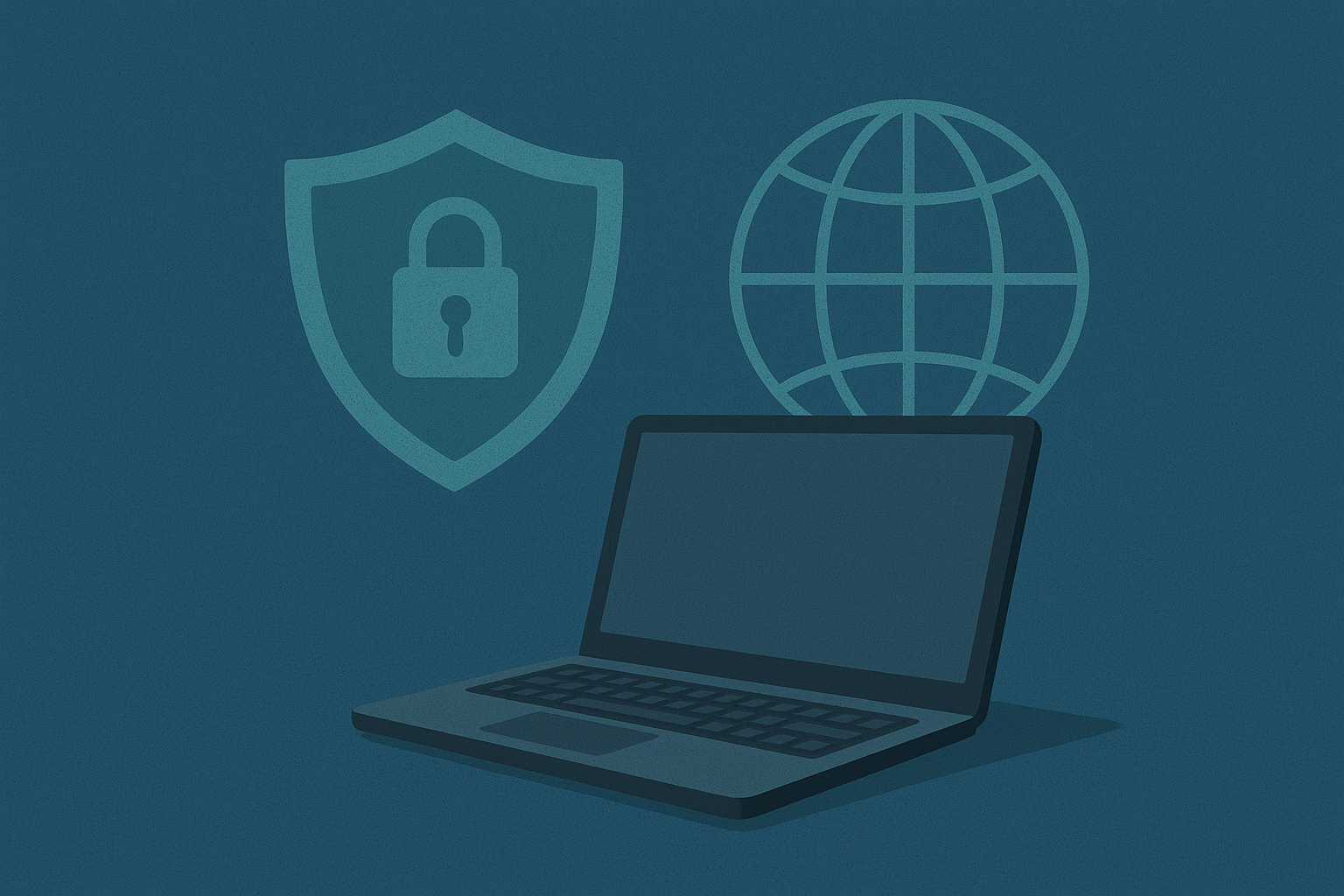The Power of Data - Using Analytics to Drive Business Decisions
Data has evolved from being a byproduct of operations to a strategic asset that can drive growth, innovation, and competitive advantage. Small and medium-sized businesses (SMBs) that effectively harness the power of data analytics make more informed decisions, enhance operational efficiency, and gain deeper insights into customers.
Here are ways SMBs can leverage data analytics to drive business decisions and grow.
1. Understanding Data
A first step is to understand the type of data available and its potential value. Identify data sources, such as sales figures, customer demographics, website traffic, and social media engagement.
Available data will vary by industry. For example, a retail store tracked purchase history and customer preferences through its loyalty program. This data enabled personalisation of marketing campaigns and promotions, resulting in greatly increased repeat purchases.
2. Choosing the Right Analytics Tools
Your needs and objectives determine what tools you need. For analysing large datasets, consider Tableau or Power BI. For real-time analytics, platforms like Google Analytics or Mixpanel may be suitable. Cloud-based solutions are cost-effective and scalable, ideal for SMBs with limited resources.
3. Implementing Predictive Analytics
Historical data can help forecast future trends and outcomes.
For example, a software subscription-based service used predictive analytics to forecast customer churn. By targeting at-risk customers with retention offers, they reduced churn by 15%.
4. Improving Operational Efficiency
Streamline operations and reduce costs by analysing processes and identifying bottlenecks.
For example, a manufacturing company used data analytics to optimise its production processes and inventory levels. Lead times were cut by 25% after improved resource allocation.
5. Enhancing Customer Experience
Gain insights into customer preferences, buying patterns, and satisfaction levels.
For example, a hotel chain used data analytics to personalise guest experiences based on preferences and behaviour. Tailored services and promotions led to improved guest satisfaction scores and repeat visits.
6. Using Data for Strategic Decision-Making
Inform strategic choices with data-driven decision-making. Use data to support decisions on entering new markets, launching products, or expanding the customer base.
Leaders need to persuade themselves and others that they can achieve a positive Return on Investment through new initiatives. Data analytics provides the insights to assess future outcomes and quantify the probability of success.
While data analytics alone can’t guarantee business success, it provides valuable insights that drive decisions and improve outcomes.
How can you better understand and utilise available data?
More GTP Articles






